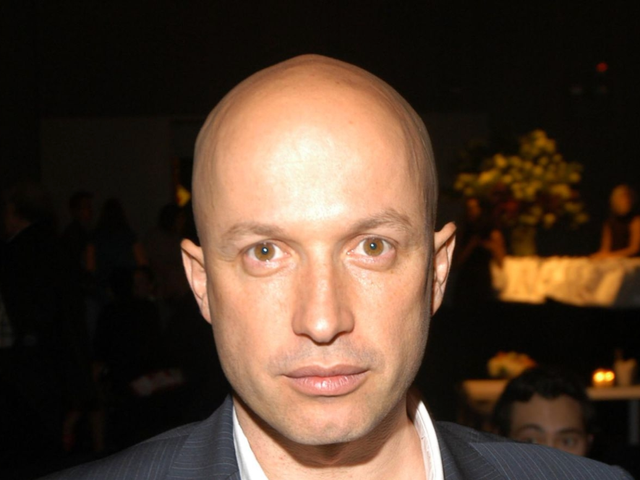In 1970, when a group of local gallery owners organised the first Basel contemporary art fair, ten galleries took part and the event was an immediate success. Two years later, the fair reached its present size, attracting some 245 exhibitors. Not only has it survived the great slumps that have hit the art market, notably in 1974 and over the last few years, but each time it has distinguished itself from its competitors. Together with the New York art auctions, the Basel Fair remains the acid test of the market in post-war art and on 14 June celebrates its silver jubilee.
The reasons for this success are quite straightforward. The fair is strictly run by committee, which never accepts applications from more than 250 exhibitors but still finds room for good new galleries. Participation is truly international, no one nation dominating the event, as tends to happen elsewhere. The organisation is exemplary, and Basel’s situation at the meeting point of three countries facilitates access. Finally, the locals are fully involved for the duration: of the 40,000 visitors, a good half must come from the surrounding region. The Bâlois have always been collectors of refined taste. Their museum is the oldest non-princely foundation of its kind in Europe and, in the early part of the century, several of the major buyers of cubist paintings came from this area.
On the ground floor, the classics of modern art are exhibited by a nucleus of four major galleries: Beyeler, Gmurzynska, Krugier and Waddington. More strictly contemporary works are to be found on the floor above. Marlborough and Varenne have returned this year and others, such as Blondeau, will be making their debut.
The fair and the S.B.S. have recently signed a partnership agreement. The Swiss bank, whose head office is in Basel, will be contributing additional finance to the event, enabling the fair to maintain its high level of services and obtaining special privileges for its customers. The sum involved has not been divulged, but there is talk of several hundred thousand Swiss francs.
The most conspicuous aspect of the bank’s involvement will be the award of an S.B.S. Art Video prize, worth SFr20,000 (£9,500; $14,185). The aim is to encourage Swiss artists working in this medium: although some interesting works are being produced, museums and galleries remain reluctant to promote video art. The prize-winning entries will be featured at the fair.


